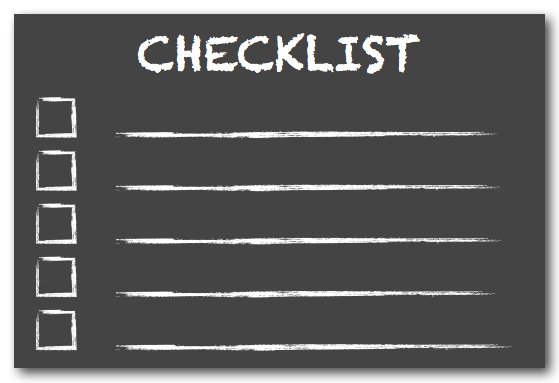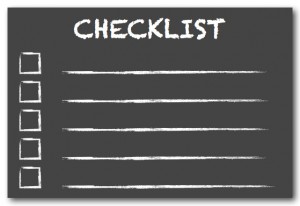9 Case Study Copywriting Best Practices
Writing effective customer case studies is one of the most important practices in your marketing strategy. Not only does it tell a customer's story, one that is relevant to your ideal client, but it also represents your company in a positive and professional light, which, in turn, helps to build prospect confidence.
Prospect confidence is so important to your business because it means your prospects believe that your company can provide a valuable product or service that solves a real problem. Customers want to work with companies they feel operate professionally, provide a valuable product or service that helps them solve a pressing problem, and offer outstanding customer service.
One of the ways you can demonstrate your company's success in meeting these requirements is through a customer case study.
Now, let's talk about case study copywriting best practices.
Share a story.
The main purpose of a case study is to demonstrate your company's capabilities. What better way to demonstrate that than through your customer's story?
The best case studies tell a story and let the customer experience convince a prospect that your company is the right one for the job. By detailing the situation prior to the implementation, the implementation process itself, and then the benefits received as a result of the implementation, you allow the prospect to see how valuable your product or service really is.
They also get to see how your company came to the rescue and addressed any issues. While the expectation may be that a process will run without a hitch, not all processes will be seamless. So, if there was an issue, be sure to include it and mention how it was handled. It's the perfect opportunity to demonstrate how well your company performed.
Address a common problem.
In order for a case study to be valuable, you need to address a common problem. Do your prospects have trouble with their CRM systems? Do they need training for their sales team?
Talk about the problems your customer had prior to working with your company and talk about the ripple effect. What problems did they have? How did that affect other areas of their business? What did it mean for the future of their business? Were they headed in a downward spiral? Were they losing customers?
It doesn't have to be something detrimental to the business. It could be something that hindered their efficiency, productivity, or company growth. Something that affected the bottom line.
Detail a specific solution.
A case study is where your company can shine. When you can demonstrate in a case study an ability to solve a pressing problem, you help build prospect confidence.
Give helpful tips.
An effective way to make a case study relevant and valuable is to give helpful tips related to the implementation process.
- What are some issues that will likely come up during implementation?
- How do you get buy-off from the top down?
- What tips can you or the customer offer to help a prospect get everyone involved and convince them of the value?
Talk about the future.
A great way to build enthusiasm in your product or service is to have the customer talk about their future plans now that they've implemented your product or service.
- How is the solution going to help them grow their business?
- What are their goals now that they have the system in place?
- What are they able to shoot for and achieve now because of the system?
- What do they plan to do next?
Include a brief company description.
At the end of the case study, add a brief blurb about your company. It doesn't have to be long. And if the case study does its job well, you don't need to sell anything here. This is just a brief company description your prospect can read and potentially use when discussing your solution with his team.
Write compelling copy.
An engaging case study is a more effective one. Follow my tips on how to improve the clarity of your message here.
Is there a right length for a case study?
The length of the case study really depends on how you plan to use it. Do you want it to be a one-page document that you can hand out at meetings or seminars? Or do you plan to feature it as further reading in a newsletter?
A longer case study can include more details, but a shorter one can be effective, too. You might even consider producing both a short version and a long version.
Treat the customer with respect.
Most importantly, when creating your customer case study, treat the customer with respect and be flexible with his schedule, even when it's hard to nail down an interview time. He is taking time out of his busy schedule to talk to you and he doesn't owe you anything. Be sure to highlight the benefits of being featured in a case study (i.e., a link back to his website, company exposure, etc.) and make it easy for him to work with you.
By following these case study copywriting best practices, you'll be well on your way to crafting an effective customer case study. The important thing to remember is that your case study should demonstrate your company's capabilities, be engaging, and be relevant to a prospect's situation.
To learn more about writing effective case studies, be sure to check out my customer case study copywriting guide here.
Need help writing a case study? Just send me an email. I'd love to help.
- It’s been a long time… - February 10, 2024
- Realizations About Tracking Progress - May 28, 2020
- Goal Setting & Productivity 101 - May 25, 2020

